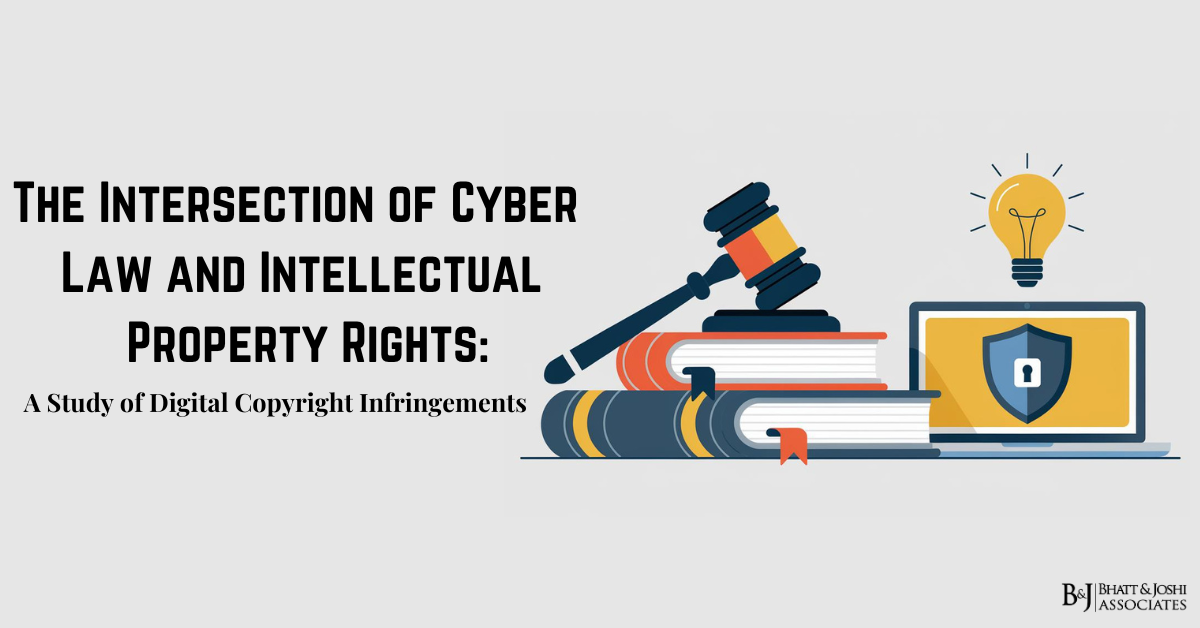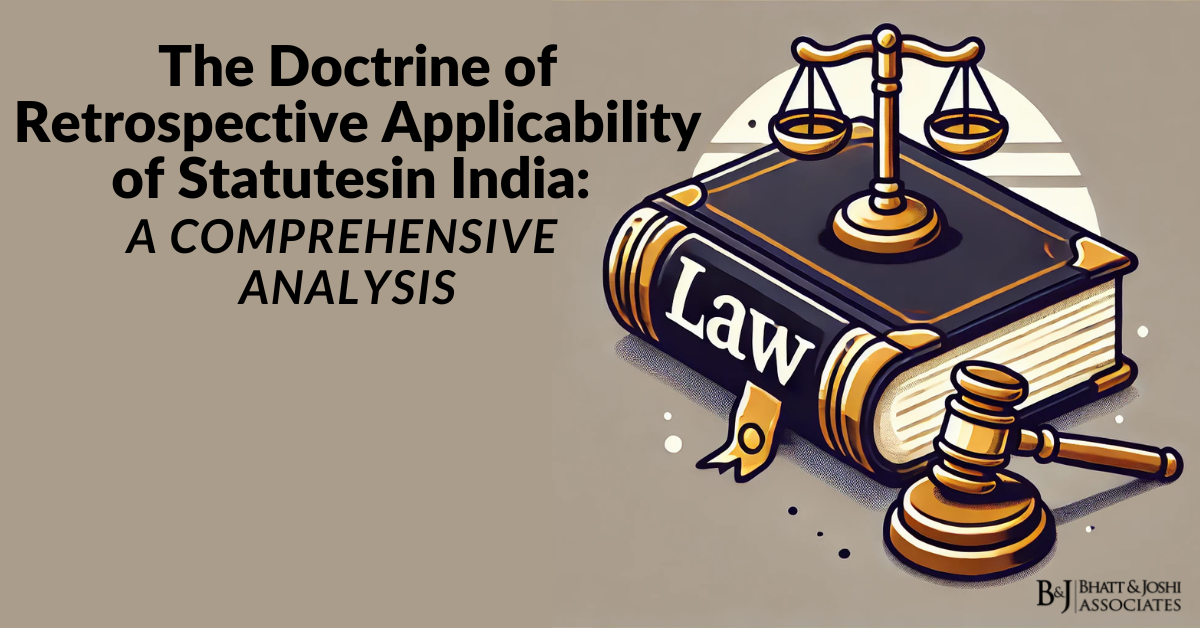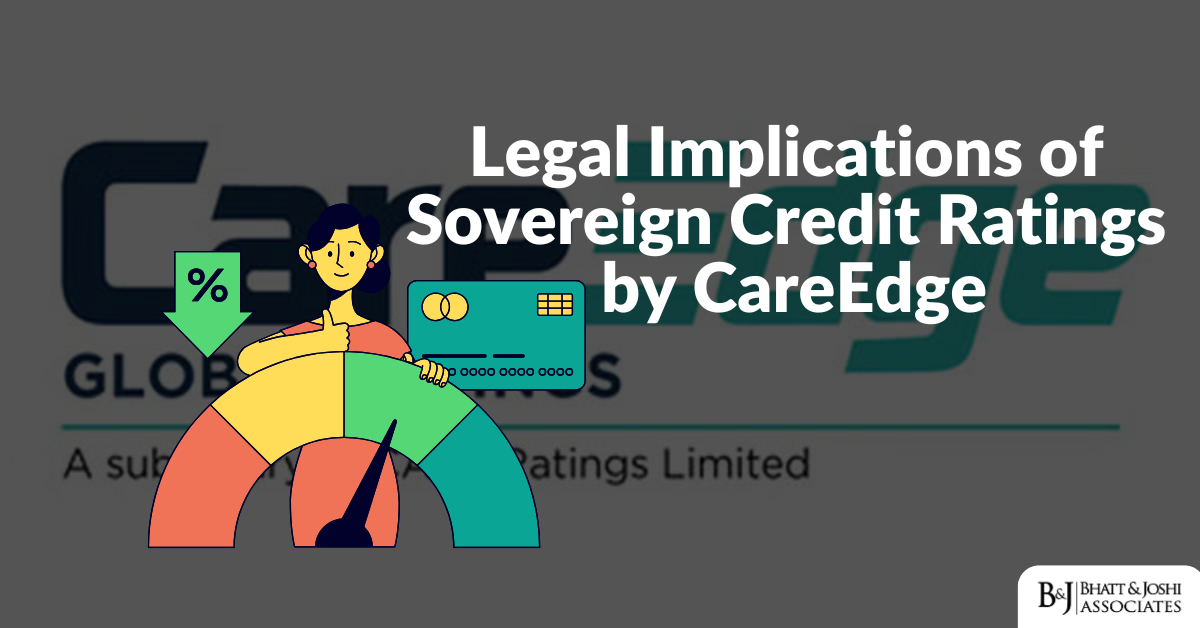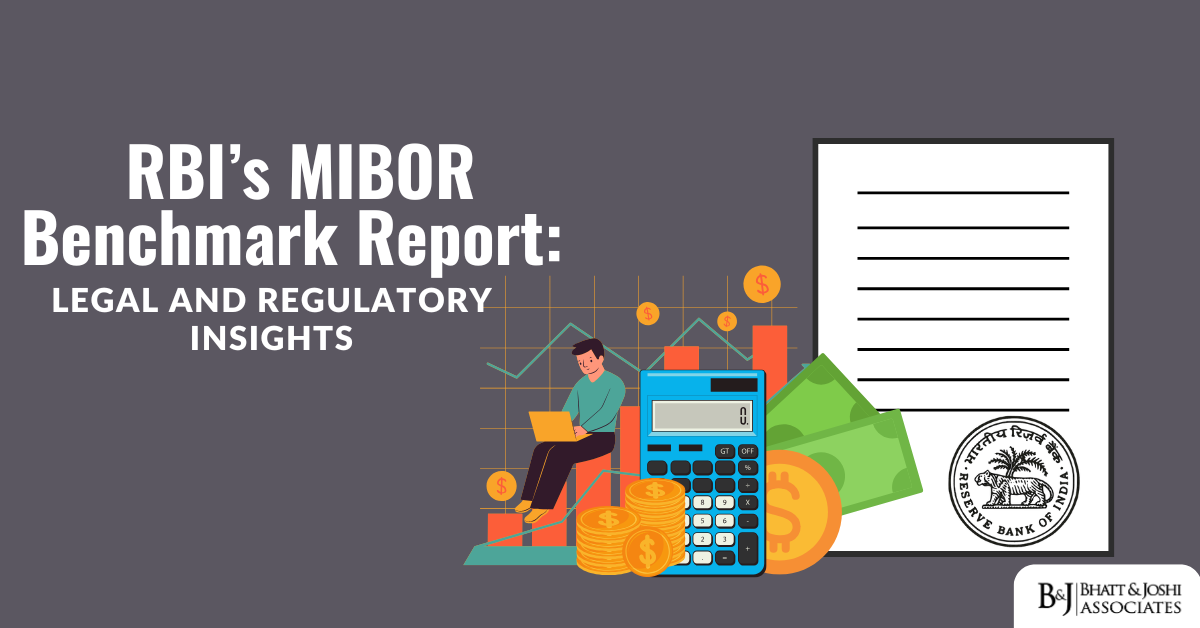
Introduction
The digital revolution has fundamentally altered the landscape of intellectual property (IP) rights, particularly in the realm of copyright. As technology continues to evolve at an unprecedented pace, the ways in which creative works are shared, accessed, and utilized have expanded exponentially, creating both new opportunities and significant challenges for copyright protection. In India, a nation at the forefront of technological innovation and with a rich cultural heritage to protect, the intersection of cyber law and intellectual property rights has become a critical area of focus for legal scholars, policymakers, and industry stakeholders alike. This article delves deep into the complexities of digital copyright issues, examining the legal framework that governs this dynamic field, the multifaceted challenges faced by various stakeholders, and potential solutions to enhance copyright protection in the digital age. By exploring these themes, we aim to provide a comprehensive understanding of the current state of digital copyright protection in India and offer insights into future directions for this crucial area of law.
The Legal Framework for Digital Copyright Protection in India
Copyright Act, 1957: The Foundation of Indian Copyright Law
The Copyright Act, 1957, serves as the cornerstone of copyright law in India. This pivotal legislation was designed to protect the rights of creators over their original literary, dramatic, musical, and artistic works. The Act grants creators a bundle of exclusive rights, including the right to reproduce their works, distribute copies, create derivative works, and publicly perform or display their creations. Additionally, the Act recognizes and protects moral rights, which safeguard the integrity of the work and the right of attribution to the creator. As the digital landscape has evolved, the Copyright Act has undergone several significant amendments to address the challenges posed by new technologies. The most notable of these updates was the Copyright (Amendment) Act, 2012, which represented a watershed moment in the modernization of Indian copyright law. This amendment was specifically aimed at addressing the complexities of digital copyright issues and strengthening the legal framework to protect digital content.
Key provisions introduced by the 2012 amendment include enhanced protection against circumvention of technological measures, rights management information (RMI) protection, expansion of fair dealing provisions, statutory licensing for broadcasting, and protection of performers’ rights. These changes were crucial in adapting the Act to the realities of digital distribution and consumption of creative works. They also served to align Indian copyright laws more closely with international standards, including those set by the Berne Convention and the World Intellectual Property Organization (WIPO).
Information Technology Act, 2000: The Cyber Law Perspective
While the Copyright Act forms the primary legislation governing copyright in India, the Information Technology Act, 2000 (IT Act) plays a complementary role by providing a legal framework for electronic transactions and cybercrimes. The IT Act includes several provisions that have a significant impact on copyright protection in the digital realm, particularly concerning the role and responsibilities of intermediaries. One of the most crucial aspects of the IT Act in relation to digital copyright is Section 79, which grants safe harbor protection to intermediaries such as internet service providers (ISPs), social media platforms, and content hosting services. This provision shields intermediaries from liability for user-generated content, provided they act as neutral facilitators and adhere to prescribed notice-and-takedown procedures. The safe harbor provision has been instrumental in shaping the responsibilities of digital platforms in addressing copyright infringements. It allows these platforms to operate without the constant fear of liability for every piece of content uploaded by users, which would be practically impossible to monitor in real-time. However, this provision has also been a source of ongoing debate and contention, with discussions centered on whether it adequately balances the interests of copyright holders with the need to protect intermediaries from excessive liability.
Key aspects of the safe harbor provision include conditions for immunity, the actual knowledge clause, and takedown obligations. The IT Act also outlines various offenses related to cybercrimes, such as hacking, identity theft, and data breaches. While these provisions are not directly related to copyright, they can intersect with copyright infringements in cases involving unauthorized access to protected works or the use of hacking techniques to circumvent digital rights management (DRM) systems.
Recent Developments and Judicial Interpretations
In recent years, Indian courts have played a significant role in interpreting and shaping the application of copyright and cyber laws in the digital context. Several landmark cases have addressed critical issues related to intermediary liability, the extent of safe harbor protections, and the balance between copyright enforcement and freedom of expression.
In the landmark Supreme Court judgment in Shreya Singhal v. Union of India (2015), the court read down Section 79 of the IT Act, clarifying that intermediaries are only required to take down content upon receiving a court order or notification from an appropriate government agency, rather than acting on complaints from private parties. This interpretation provided greater protection for intermediaries and set a higher bar for content removal.
In MySpace Inc. v. Super Cassettes Industries Ltd. (2016), the Delhi High Court addressed the issue of intermediary liability in the context of copyright infringement. The court held that MySpace, as an intermediary, was entitled to safe harbor protection under Section 79 of the IT Act. However, the court also emphasized that intermediaries have a responsibility to implement effective measures to prevent copyright infringement, including the use of content identification technologies. The court’s decision provided clarity on the role of intermediaries in preventing copyright infringement, the application of safe harbor provisions in the context of user-generated content platforms, and the importance of balancing the rights of copyright holders with the operational realities of digital platforms.
The recent case of Fermat Education v. Sorting Hat Technologies Pvt Ltd (2021) dealt with the issue of copyright infringement in online educational content. The Delhi High Court granted an injunction against the defendants, restraining them from using the plaintiff’s copyrighted material on their online learning platform. The case highlighted the growing importance of copyright protection in the e-learning sector and the need for clear guidelines on the use of educational content in digital formats.
These judicial interpretations have provided much-needed clarity on the responsibilities of intermediaries and the rights of copyright holders, influencing the enforcement of digital copyright protections. They have also highlighted the need for a balanced approach that considers the interests of all stakeholders in the digital ecosystem.
Challenges in Digital Copyright Protection
The digital age has brought with it a host of challenges for copyright protection, many of which are unique to the online environment. These challenges range from technological issues to legal and ethical dilemmas, requiring a multifaceted approach to address effectively.
Online Piracy and Copyright Infringement
Online piracy remains one of the most significant challenges for digital copyright protection. The ease with which digital content can be copied, shared, and distributed has led to widespread unauthorized use of copyrighted works. This problem is particularly acute in the following areas: file-sharing networks, streaming platforms, e-book piracy, software piracy, and music piracy. In India, online piracy is exacerbated by several factors, including high demand for digital content coupled with limited purchasing power among certain segments of the population, lack of awareness about copyright laws and the consequences of infringement, technological challenges in enforcing copyright in a vast and diverse online landscape, and jurisdictional issues in pursuing infringers operating from different countries.
Despite legal remedies available under the Copyright Act, such as injunctions and damages, enforcing these remedies can be challenging. The global nature of the internet and the anonymity of online actors often hinder efforts to identify and take action against infringing parties. Moreover, even when infringers are identified, the cost and time involved in litigation can be prohibitive for many copyright holders, particularly independent creators and small businesses. To combat online piracy more effectively, a multi-pronged approach is required, involving strengthening legal frameworks and enforcement mechanisms, promoting industry collaboration and technological solutions, enhancing public awareness about the importance of respecting intellectual property rights, providing affordable and easily accessible legal alternatives to pirated content, and fostering international cooperation to address cross-border infringements.
Role of Intermediaries and Safe Harbor Provisions
The role of intermediaries is crucial in digital copyright protection, and the safe harbor provisions under Section 79 of the IT Act have been a subject of ongoing debate. While these provisions have facilitated the growth of digital platforms by protecting them from undue liability, they have also posed challenges for copyright enforcement. Key issues surrounding intermediary liability include the effectiveness of current notice-and-takedown procedures, dealing with repeat infringers on platforms, the extent to which intermediaries should be required to implement proactive measures to prevent copyright infringement, jurisdictional issues when intermediaries operate from different jurisdictions, and striking the right balance between protecting copyright holders’ interests and preserving the open nature of the internet.
Rights holders often face difficulties in compelling intermediaries to remove infringing content, particularly when platforms operate from jurisdictions with different legal standards or when intermediaries are reluctant to cooperate. The safe harbor provisions have led to calls for reform, with suggestions to implement stricter notice-and-takedown procedures and enhance intermediary responsibilities. Some potential solutions to address these challenges include streamlining notice-and-takedown procedures, implementing policies to address repeat infringers, encouraging the use of content identification technologies, promoting industry best practices and voluntary cooperation, and harmonizing legal standards and fostering international cooperation.
Ultimately, finding the right balance between the interests of copyright holders, intermediaries, and users will require ongoing dialogue, legal innovation, and a commitment to upholding the principles of intellectual property protection in the digital era.
Digital Rights Management and Technological Measures
Digital Rights Management (DRM) technologies are employed to protect digital content from unauthorized access and distribution. These technologies aim to prevent piracy and safeguard the interests of copyright holders through various means, including encryption, access controls, copy controls, and watermarking. In India, the Copyright Act includes provisions for the protection of technological protection measures (TPMs) and rights management information (RMI). These provisions make it illegal to circumvent TPMs or to remove or alter RMI, aligning Indian law with international standards set by the WIPO Copyright Treaty.
However, the use of DRM technologies raises several concerns, such as potential infringement on legitimate user rights, limiting the interoperability of content across different devices or platforms, challenges for long-term preservation of digital content, privacy concerns, and the effectiveness of DRM measures given the ongoing “arms race” between content protectors and hackers. Balancing the need for effective copyright protection with user rights and technological innovation remains a significant challenge in the implementation of DRM systems.
Some potential approaches to address these concerns include ensuring that DRM measures allow for legitimate uses under fair dealing and other exceptions, promoting the development of interoperable DRM standards, addressing long-term preservation issues through legal and technical solutions, implementing strong privacy safeguards, and encouraging the use of alternative protection methods that are less intrusive than traditional DRM.
The Dark Web and Digital Piracy
The dark web presents a significant challenge to digital copyright enforcement. This hidden part of the internet, accessible only through specialized software like Tor, provides a high degree of anonymity to its users. This anonymity, coupled with the encrypted nature of dark web communications, makes it an attractive platform for illegal activities, including the distribution of pirated content. Key challenges posed by the dark web in the context of digital piracy include the ability of users to remain anonymous, the use of encryption technologies that hinder monitoring and interception, the global reach of the dark web, the rapid evolution of dark web marketplaces and forums, and the technological barriers to accessing and navigating the dark web.
Strategies to combat dark web piracy include international cooperation between law enforcement agencies, development of advanced forensic techniques, continuous monitoring of dark web networks, and education and awareness programs to deter users from accessing pirated content on the dark web. The challenges posed by the dark web underscore the need for a multi-faceted approach to digital copyright protection, combining legal, technological, and educational strategies. Collaboration between law enforcement agencies, industry stakeholders, and international partners will be crucial in addressing the threats posed by dark web piracy and safeguarding the rights of copyright holders in the digital age.
Legal Remedies for Digital Copyright Infringements
The Indian legal system provides various remedies for addressing digital copyright infringements, encompassing civil, criminal, and alternative dispute resolution mechanisms. Each of these approaches offers distinct advantages and challenges in the context of digital copyright enforcement.
Civil Remedies
The Copyright Act provides several civil remedies for addressing copyright infringements, which are equally applicable to digital infringements. These remedies include injunctions to prevent further infringement, damages to compensate for losses incurred, accounts of profits made by the infringer, delivery up or destruction of infringing copies and devices, Anton Piller orders for ex parte searches and seizures, and John Doe orders against unnamed defendants. Despite these remedies, obtaining and enforcing civil relief can be challenging in the digital context. Rights holders must navigate the complexities of digital evidence, which can be easily manipulated or hidden. Identifying and locating infringing parties, especially those operating anonymously or from overseas jurisdictions, adds to the difficulty of enforcement. Moreover, the costs and time involved in litigation can be prohibitive, particularly for small creators and independent businesses.
To address these challenges, courts and policymakers can consider measures to streamline the process for obtaining and enforcing civil remedies in digital copyright cases. This could include simplifying evidence requirements, facilitating cross-border enforcement, reducing litigation costs, and expanding the use of injunctions in digital copyright cases.
Criminal Remedies
Criminal remedies under the Copyright Act include fines and imprisonment for copyright infringement. Criminal penalties are intended to deter piracy and other forms of copyright violations by imposing punitive measures on offenders. Key criminal provisions under the Copyright Act include imprisonment for first-time and repeat offenders, fines, and the seizure of infringing goods. The IT Act’s provisions on cybercrimes, such as unauthorized access and data theft, can complement copyright enforcement efforts. These provisions can be used in conjunction with copyright law to address digital infringements that involve hacking or other illegal activities.
Enforcing criminal remedies in digital copyright cases poses several challenges, including proving intent, resource constraints for law enforcement agencies, and jurisdictional issues. To enhance the effectiveness of criminal remedies in digital copyright enforcement, policymakers and law enforcement agencies can consider measures such as providing specialized training and resources for law enforcement personnel, strengthening international cooperation and mutual legal assistance agreements, and raising public awareness about the criminal consequences of digital copyright infringement.
Alternative Dispute Resolution
Alternative dispute resolution (ADR) mechanisms, including arbitration and mediation, offer a means of resolving copyright disputes without resorting to litigation. ADR can be particularly useful in digital copyright cases, where parties may seek swift and cost-effective resolution. Although the Copyright Act does not explicitly provide for ADR, parties can use existing ADR processes to address copyright disputes. ADR offers several advantages, including confidentiality, flexibility, and speed. The effectiveness of ADR in digital copyright cases depends on the willingness of parties to engage in the process, the expertise of neutrals, and the enforceability of ADR outcomes.
To promote the use of ADR in digital copyright disputes, policymakers and industry stakeholders can consider encouraging ADR clauses in copyright and licensing agreements, developing specialized ADR centers with expertise in digital copyright issues, and raising awareness about the benefits of ADR and providing training for copyright holders and intermediaries.
International Perspectives and Comparative Analysis
The challenges of digital copyright protection are not unique to India; they are shared by jurisdictions worldwide. By examining the approaches taken by other countries, we can gain valuable insights into potential solutions and best practices.
United States
The United States has been a leader in digital copyright protection through the Digital Millennium Copyright Act (DMCA), enacted in 1998. The DMCA includes several key provisions that address copyright infringement on the internet, such as safe harbor protections for intermediaries, anti-circumvention provisions, and notice-and-takedown procedures. The DMCA’s safe harbor provisions have been influential globally but have also faced criticism. Some argue that the DMCA has led to excessive content takedowns and censorship, while others believe it provides a balanced approach to copyright enforcement. The DMCA’s emphasis on notice-and-takedown procedures has influenced similar frameworks in other jurisdictions, including India.
European Union
The European Union (EU) has taken a comprehensive approach to digital copyright protection through the Digital Single Market (DSM) Directive. The DSM Directive includes several provisions that address copyright issues in the digital environment, such as Article 17 (formerly Article 13), which imposes obligations on online platforms to prevent unauthorized uploads of copyrighted content. The DSM Directive aims to harmonize copyright laws across EU member states, providing a consistent framework for digital copyright protection and ensuring that copyright exceptions, such as for parody, criticism, and news reporting, are preserved in the digital environment.
The DSM Directive has sparked debate regarding its impact on freedom of expression and the responsibilities of online platforms. Critics argue that the directive may lead to over-blocking and censorship, while proponents believe it strikes a necessary balance between protecting copyright holders and preserving user rights.
China
China has made significant progress in enhancing its copyright protection framework, particularly concerning digital content. The country has implemented stricter enforcement measures, increased penalties for copyright infringement, established specialized intellectual property courts to handle copyright disputes, and stepped up administrative enforcement efforts. China’s approach to digital copyright protection underscores the importance of both legislative and judicial measures. The country’s experience offers valuable insights for other jurisdictions, including India, in addressing copyright challenges in the digital age.
Future Directions and Recommendations for Enhancing Digital Copyright Protection
Strengthening Legal Frameworks for Digital Copyright Protection
As digital technologies continue to evolve, it is essential to update and strengthen legal frameworks for copyright protection. In India, this may involve revising the Copyright Act and the IT Act to address emerging issues such as digital piracy, intermediary liability, and the protection of technological measures. Key areas for reform include clarifying intermediary liability, enhancing notice-and-takedown procedures, and addressing new technologies like blockchain, AI, and new forms of DRM.
Promoting International Cooperation
International cooperation is crucial for effective digital copyright protection. India can benefit from participating in global forums and agreements related to copyright, such as WIPO and the Berne Convention. Collaboration with other countries and international organizations can help harmonize copyright standards and improve enforcement efforts. Key areas for international cooperation include cross-border enforcement, harmonizing legal standards, and sharing best practices.
Encouraging Industry Best Practices
Industry stakeholders, including content creators, publishers, and online platforms, play a vital role in copyright protection. Encouraging best practices can help mitigate copyright infringement and promote a more robust copyright ecosystem. Key initiatives include implementing effective DRM measures, monitoring online content, cooperating with rights holders, and raising awareness about copyright laws.
Balancing Copyright Protection and User Rights
A balanced approach to copyright protection is essential to ensure that the rights of copyright holders are safeguarded while respecting user rights and freedoms. Key considerations include preserving and clarifying fair use and other exceptions, protecting freedom of expression, safeguarding user privacy, and supporting innovation and creativity.
Enhancing Digital Literacy and Public Awareness
Raising public awareness about digital copyright issues and enhancing digital literacy are essential components of a comprehensive copyright protection strategy. Educational initiatives can help reduce instances of unintentional infringement and promote a culture of respect for intellectual property. Key initiatives include workshops, online courses, public awareness campaigns, and engaging with schools and universities.
Legal and Policy Reforms for Digital Copyright Protection
To address the evolving challenges of digital copyright protection, continuous legal and policy reforms are necessary. Key areas for reform include strengthening notice-and-takedown procedures, clarifying intermediary liability, enhancing cross-border enforcement, supporting innovation and fair use, and promoting access to justice for copyright holders.
Conclusion
The intersection of cyber law and intellectual property rights, particularly in the context of digital copyright infringements, presents complex challenges and opportunities. As technology continues to evolve, the legal framework for copyright protection in India must adapt to address new issues and enhance enforcement efforts. The Copyright Act and the IT Act provide a foundation for digital copyright protection, but ongoing updates and reforms are necessary to address emerging challenges. Strengthening legal frameworks, promoting international cooperation, encouraging industry best practices, and balancing copyright protection with user rights are key steps in addressing digital copyright infringements. By adopting a comprehensive and adaptive approach, India can develop a robust and equitable framework for protecting intellectual property in the digital age. The evolution of copyright law will play a crucial role in supporting creativity, innovation, and the protection of intellectual property as the digital landscape continues to advance. Moreover, embracing emerging technologies like AI and blockchain, addressing the unique challenges posed by user-generated content and social media, and enhancing digital literacy will be pivotal in shaping the future of digital copyright protection. By fostering collaboration among stakeholders and continuously refining legal and policy frameworks, India can navigate the complexities of the digital age and ensure that the rights of creators and the interests of the public are effectively balanced.













